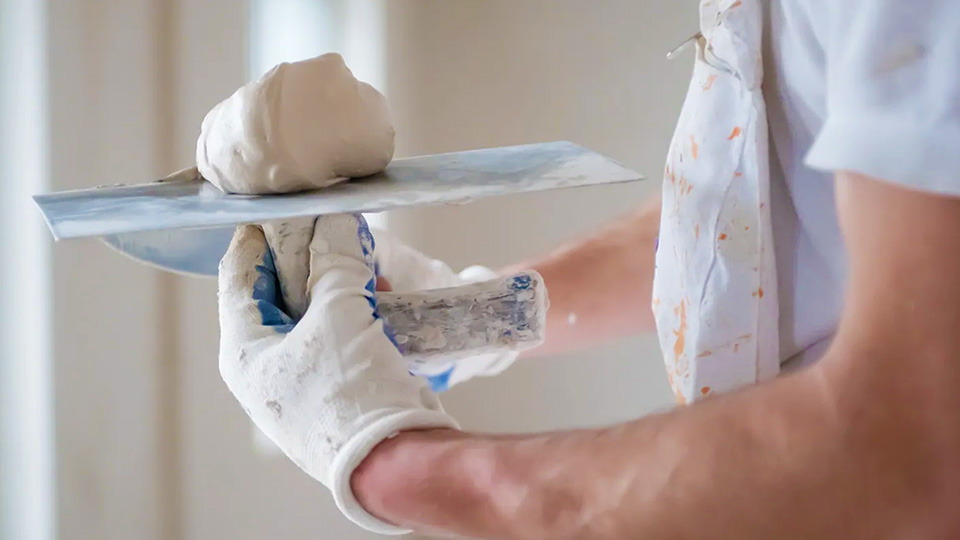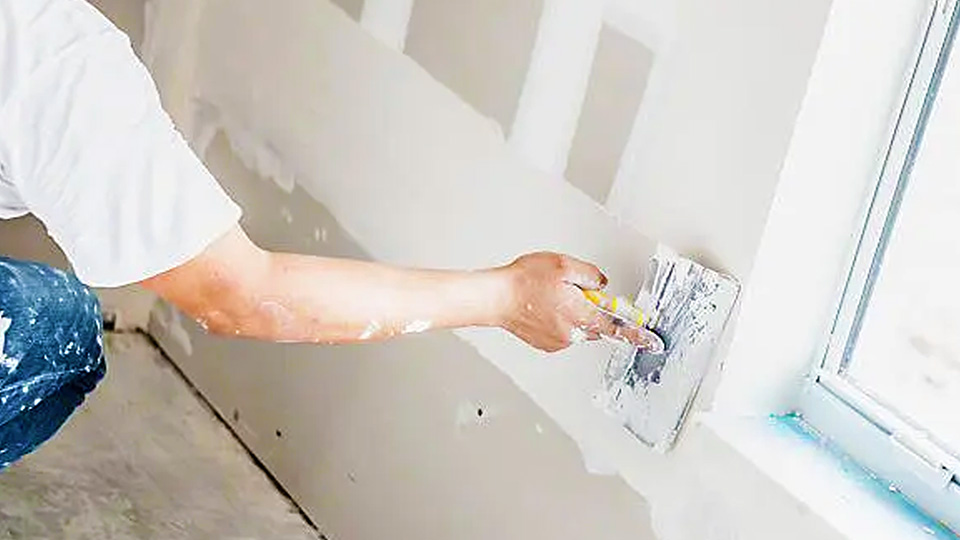Need Drywall Repair in Vancouver to Abbotsford – Click Here >
Ceiling Texture Removal and Repair >
Textured Ceiling Crack Repair >
Popcorn Ceiling Repair and Repainting >
Textured ceilings, like popcorn or stucco finishes, offer a unique aesthetic but can be challenging to repair when damaged. Common issues include holes, water stains, and cracks. This guide addresses questions on how to fix these problems and the costs involved, along with tips on restoration and maintenance. Here’s what you need to know.
Fixing Holes in Textured Ceilings
To fix a hole in a textured ceiling, you’ll need the following:
- Spackle or joint compound
- A putty knife or trowel
- Sandpaper
- Textured ceiling spray (if needed)
Step-by-Step Guide:
- Clean the Area: Remove loose debris and dust from the hole.
- Fill the Hole: Apply spackle or joint compound with a putty knife, smoothing it over the hole.
- Sand the Surface: Once the compound is dry, sand it to match the existing texture.
- Reapply Texture: Use a textured ceiling spray to blend the repair with the rest of the ceiling.
Fixing Water Stains on Popcorn Ceilings
Water stains on popcorn ceilings can be unsightly. Here’s how to address them:
Step-by-Step Guide:
- Identify the Source: Before fixing the stain, ensure the water source has been resolved to prevent future damage.
- Clean the Stain: Use a mix of water and vinegar (1:1 ratio) to gently scrub the stain. For stubborn stains, a Magic Eraser can be effective.
- Apply a Stain-Blocking Primer: This prevents the stain from bleeding through the paint.
- Repaint the Area: Use a color that matches the existing ceiling, ensuring even coverage.
Costs of Ceiling Texture Repairs
The cost to fix a textured ceiling varies depending on the extent of the damage and the repair method. On average, professional repairs can range from $100 to $500 for small to moderate repairs. Larger repairs or full replacements can cost more, depending on the material and labor required.
Does Ceiling Need to Be Replaced After Water Damage?
Replacement may be necessary for severe water damage, especially if there’s structural damage or mold. Minor water damage can often be repaired without a full replacement.
Can You Just Paint Over Water Damaged Ceiling?
Painting over water damage is a temporary solution. It’s crucial to fix the underlying cause of the damage and ensure the ceiling is dry before repainting. Use a stain-blocking primer to prevent stains from reappearing.
How Long Does It Take for a Ceiling to Collapse from Water Damage?
The time it takes for a ceiling to collapse depends on the severity of the damage and the materials involved. Water-soaked drywall or plaster can weaken and collapse within hours to days if the source of the water isn’t addressed. Immediate action is required to prevent collapse and ensure safety.
Cheapest Way to Cover a Textured Ceiling
Painting is the most cost-effective way to cover a textured ceiling. Another option is to install ceiling tiles, which can be placed over the existing texture without removal.
Patching a Textured Ceiling
Patching textured ceilings is possible with the right materials. Use joint compound and textured ceiling spray to recreate the original texture. The key is to blend the repair seamlessly with the surrounding area.
Is It Expensive to Remove Textured Ceiling?
Removing textured ceilings can be costly, especially if asbestos is present. The average cost ranges from $1,000 to $3,000, depending on the size of the area and the removal method. Professional services are recommended for safety and thoroughness.
How to Cover Water Stains on a Textured Ceiling Without Painting
To cover water stains without painting, try the following:
- Vinegar Solution: A mix of vinegar and water can help lighten stains.
- Ceiling Texture Spray: This can be used to add texture and cover light stains.
Why Does a Ceiling Water Stain Turn Brown?
Water stains turn brown due to the presence of minerals and contaminants in the water. These elements leave a residue as the water evaporates, causing discoloration.
Using Ceiling Texture Spray
Ceiling texture spray is ideal for repairing and patching textured ceilings. It comes in various texture types, allowing you to match the original finish. Apply evenly and in light coats for the best results.
Using Painter’s Tape on Textured Ceilings
Painter’s tape can be used on textured ceilings, but it requires extra care to ensure it adheres properly. Frog Tape is a popular choice because of its strong adhesion. Ensure the surface is clean and dry before applying tape to prevent peeling.
Conclusion
Repairing textured ceilings requires specific techniques and tools. Whether fixing holes, addressing water stains, or repainting, following the proper steps ensures a seamless and lasting repair. Addressing the root cause of damage is crucial to avoid recurring issues and ensure the longevity of your ceiling.







